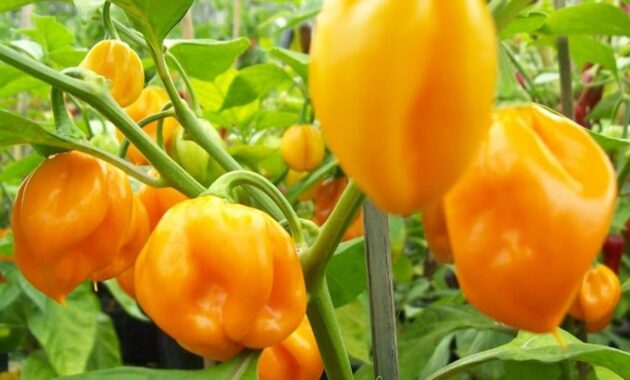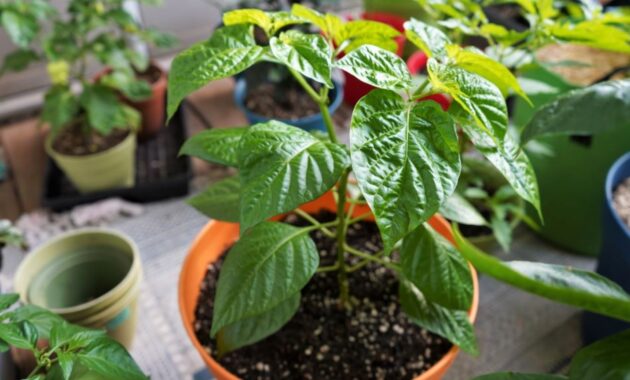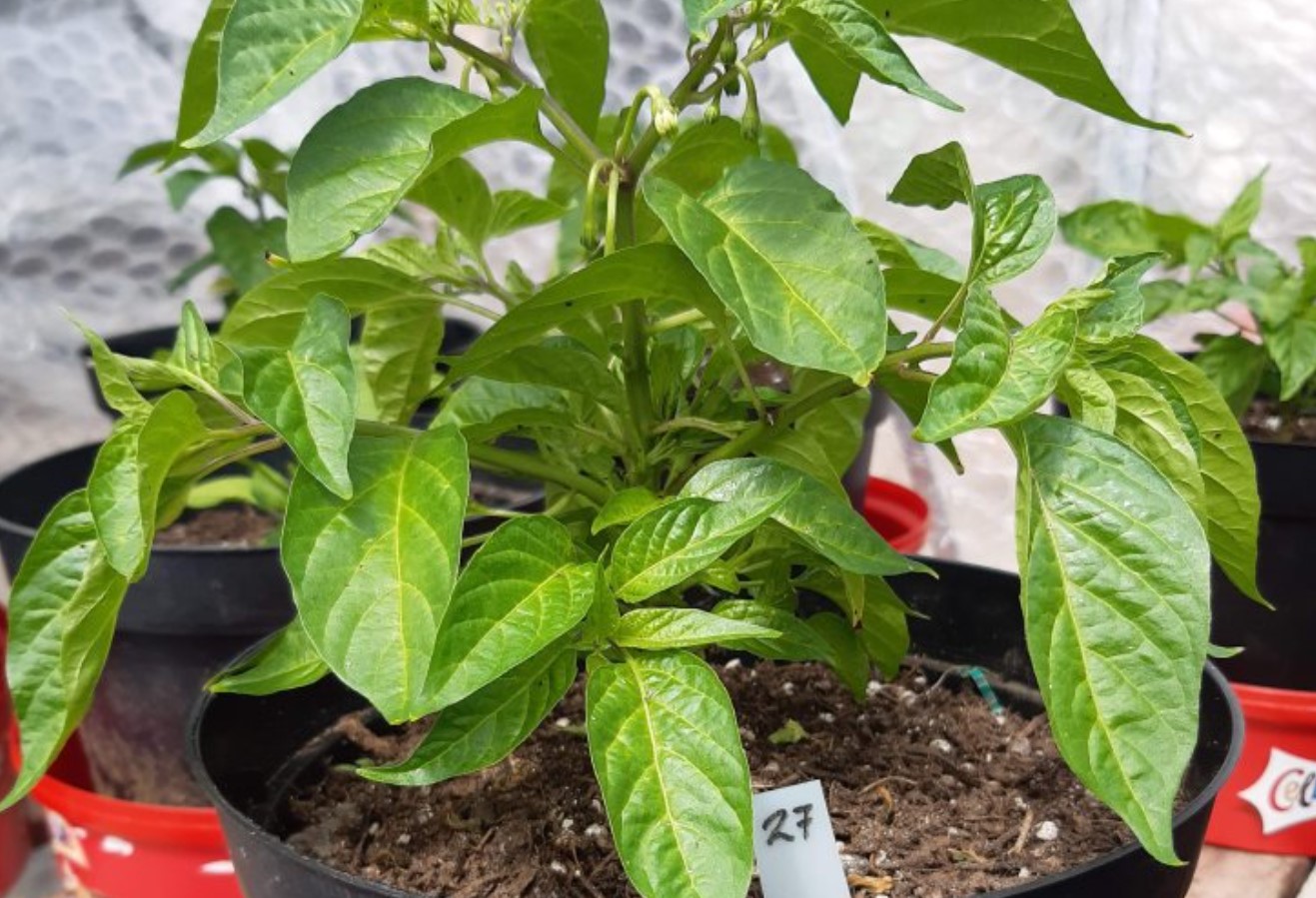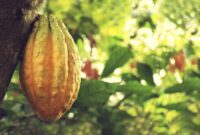
The Scotch Bonnet pepper is a vibrant and fiery chili that’s become a staple in Caribbean cuisine. Renowned for its intense heat and distinctive fruity flavor, this pepper has captivated the taste buds of chefs and home cooks alike. If you’re looking to spice up your dishes or explore the world of hot peppers, the Scotch Bonnet is an essential ingredient to consider.
Key Characteristics of the Scotch Bonnet
| Feature | Description |
|---|---|
| Scientific Name | Capsicum chinense |
| Common Name | Scotch Bonnet |
| Origin | Caribbean (primarily Jamaica) |
| Heat Level | 100,000–350,000 Scoville Heat Units (SHU) |
| Size | 1 to 3 inches long |
| Color | Ripens from green to bright red, orange, or yellow |
| Shape | Round and slightly flattened, resembling a bonnet |
| Plant Type | Perennial in warm climates, often grown as an annual |
Heat and Flavor Profile
The Scotch Bonnet is known for its extreme heat, measuring between 100,000 and 350,000 Scoville Heat Units (SHU). This makes it one of the hottest peppers available. The unique aspect of the Scotch Bonnet is its fruity flavor, which adds depth to its intense heat.
- Scoville Heat Units (SHU): 100,000–350,000
- Flavor: Fruity, slightly sweet, with a hint of tropical flavor.
Culinary Uses of Scotch Bonnet Peppers
Scotch Bonnet peppers are integral to many Caribbean dishes, known for bringing both heat and flavor. Here are some popular ways to use them in the kitchen:
1. Jerk Chicken and Jerk Marinades
One of the most famous uses for Scotch Bonnet peppers is in jerk seasoning. This flavorful marinade is used for chicken, pork, and even tofu.
- How to Make Jerk Marinade: Blend Scotch Bonnet peppers with garlic, ginger, scallions, allspice, thyme, and vinegar to create a spicy, aromatic marinade. Let your protein marinate for at least a few hours (or overnight) for maximum flavor.
2. Sauces and Salsas
Scotch Bonnet peppers are often used in sauces and salsas, adding a fiery kick to dishes.
- Hot Sauce: Combine Scotch Bonnet peppers with vinegar, garlic, and a bit of sugar for a delicious homemade hot sauce that can be drizzled over almost anything.
- Salsa: Mix chopped Scotch Bonnets with diced tomatoes, onions, and cilantro for a spicy salsa that pairs perfectly with tortilla chips.
3. Soups and Stews
In Caribbean cooking, Scotch Bonnet peppers are often added to soups and stews for an extra layer of flavor and heat.
- Pepper Pot Soup: This hearty soup often includes Scotch Bonnet for heat, along with various meats, vegetables, and spices.
4. Pickling
Pickled Scotch Bonnet peppers add a zesty, spicy element to meals and can be enjoyed on sandwiches, tacos, or salads.
- How to Pickle: Slice the peppers and soak them in a vinegar brine with spices for a few days. The pickled peppers will retain their heat and flavor, making for a delicious topping.
Growing Scotch Bonnet Peppers
Growing Scotch Bonnet peppers can be a rewarding endeavor, whether you’re a seasoned gardener or a beginner. These peppers thrive in warm conditions and require some specific care.
1. Climate and Location
Scotch Bonnet peppers prefer a warm, sunny climate. They grow best in temperatures between 70°F and 85°F (21°C to 29°C) and require full sun.
- Growing Zones: Best suited for USDA zones 9-11, but can be grown indoors or in greenhouses in cooler areas.
2. Soil Requirements
These peppers thrive in rich, well-draining soil with a slightly acidic to neutral pH (around 6.0-7.0).
- Soil Prep: Mix in compost or well-rotted manure to improve soil quality.
3. Watering and Care
Keep the soil consistently moist but avoid waterlogging. Water your plants regularly, especially during dry spells.
- Watering: Deep watering once a week is generally best. Be careful not to overwater, as this can lead to root rot.
4. Harvesting
Scotch Bonnet peppers take about 90 to 100 days to mature from seed. They can be harvested when they reach their full size and change color from green to red, orange, or yellow.
- How to Harvest: Use scissors or garden shears to cut the peppers from the plant, leaving a small part of the stem attached.

Health Benefits of Scotch Bonnet Peppers
Like other chili peppers, Scotch Bonnets come packed with health benefits due to their nutrient content and capsaicin.
- Rich in Vitamins: Scotch Bonnet peppers are high in vitamin C, which is essential for immune function and skin health.
- Metabolic Booster: The capsaicin in the peppers can boost metabolism, helping with weight management.
- Pain Relief: Capsaicin has been shown to have pain-relieving properties when used topically.
Fun Facts About Scotch Bonnet Peppers
- Distinctive Shape: The name “Scotch Bonnet” comes from the pepper’s resemblance to a traditional Scottish bonnet.
- Hot and Fruity: Scotch Bonnets are famous for their unique blend of heat and fruity flavor, making them versatile in both savory and sweet dishes.
- Cultural Significance: In Jamaica, Scotch Bonnet peppers are not just an ingredient; they’re a symbol of the country’s culinary identity.
Conclusion: A Taste of the Tropics
The Scotch Bonnet pepper is more than just a spicy addition to your meals; it’s a key player in Caribbean cuisine that brings heat, flavor, and vibrancy to every dish. From jerk chicken to spicy sauces, its unique taste profile is one that many culinary enthusiasts cherish.
Whether you’re growing your own Scotch Bonnets or purchasing them fresh from the market, incorporating them into your cooking will undoubtedly elevate your dishes to a whole new level. Embrace the heat, savor the flavor, and let the Scotch Bonnet pepper take you on a tropical culinary adventure!



